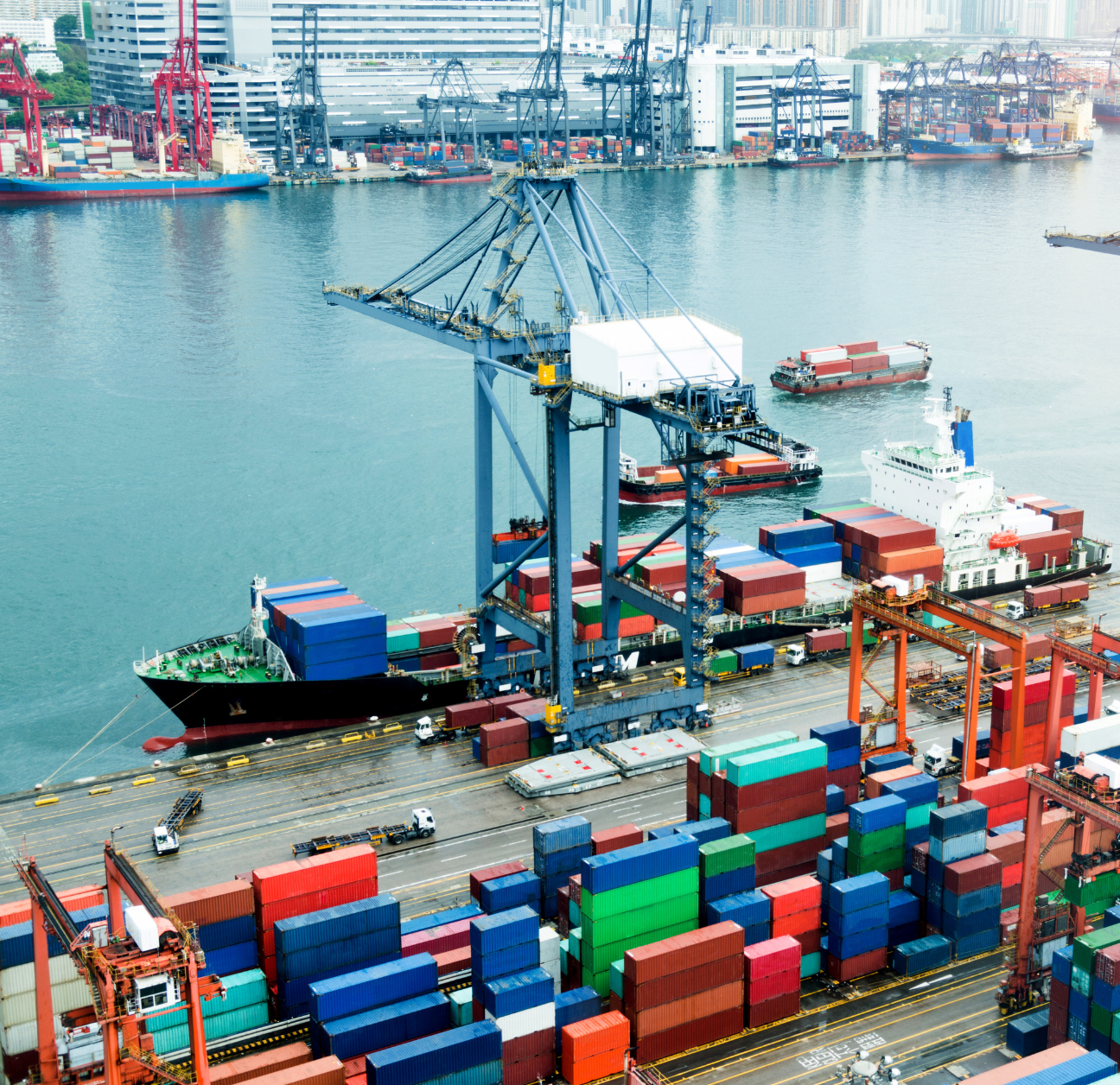We've completed logistics and supply chain automation projects in weeks that our customers were told would take months. We finish integrations fast, freeing up resources to focus on innovation and service without bogging down internal IT teams.
Supply chains are complex. You’re coordinating suppliers, logistics partners, manufacturers, and internal teams, often using different systems that don’t communicate well.
The result? A lot of manual work, delays, and errors.
That’s why integration matters.
An integrated supply chain syncs all your systems and partners, ensuring information flows smoothly without constant human intervention. Whether it’s your Transportation Management System (TMS), Enterprise Resource Planning (ERP), or warehouse management software, integration allows everything to work together.
In this guide, we’ll break down what an integrated supply chain really is, why it’s essential, and how to approach building one.
We’ll keep it simple, actionable, and focused on helping you see where integration can save time, cut operational costs, and make your operations more reliable.
What is an integrated supply chain, exactly?
An integrated supply chain is about breaking down silos. Instead of your systems and partners operating in isolation, integration creates a connected network where data flows automatically between platforms and people.
For example, you might connect your ERP with your freight forwarder’s booking system or link your TMS with a visibility platform. This keeps your other supply chain participants on the same page and ensures that information moves faster and more accurately.
Without integration, your team is stuck entering the same data repeatedly, managing emails and spreadsheets, and trying to bridge gaps between disconnected tools. That’s inefficient, and it increases the risk of mistakes.
Integration connects:
- Internal systems (finance, operations, procurement)
- External systems (logistics providers, customs brokers, carriers)
- Real-time data and up-to-date information (inventory updates, shipping milestones)
Successful chain integration requires aligning both systems and partners. By bringing all of these together, an integrated system creates a seamless flow from raw materials to final delivery and supports more efficient production processes. This ensures smoother material flow across your supply chain.
Why integration matters in supply chain management
A disconnected supply chain comes with big headaches:
- Manual data entry leads to errors and delays
- Visibility gaps make it hard to react quickly
- Growth becomes difficult without adding more staff
That’s where integrated supply chain management changes the game.
Integration:
- Automates data sharing between systems
- Speeds up communication between supply chain members
- Supports faster decision-making with real-time visibility, giving your team a competitive advantage
- Helps you scale operations efficiently
For instance, one mid-market shipper streamlined Advance Shipping Notices (ASNs) and milestone tracking by integrating with five key partners.
The result? Faster updates, fewer errors, and stronger relationships with customers.
If you want deeper insight into making the most of your data, check out the power of supply chain data.
Key components of an integrated supply chain
To get integration right, you need the right building blocks.
Here’s what that looks like:
- System connectivity: Hook up your ERP, TMS, WMS, and other critical software systems.
- Data mapping and transformation: Standardize data so your multiple systems can "talk" to each other without errors, keeping all supply chain functions aligned.
- Automated workflows: Trigger actions like shipment updates, order management, and invoicing automatically.
- Pre-built connectors: Use ready-made integrations to speed things up and lower complexity.
- Visibility and analytics: Gain a single source of truth across your entire supply chain and supply chain activities for better decisions from a centralized system. This provides the insights needed for smarter data-driven processes.
Chain.io’s supply chain integration software helps you connect these dots with minimal friction and expand your service offerings.
What does integration look like in action? (Example scenarios)
Let’s make this real with a few examples:
- A freight forwarder connects its TMS to booking and rate management systems: This streamlines rate updates and booking confirmations, reducing turnaround time. This can also help roll up accurate data to a parent company’s ERP system.
- A shipper integrates supplier data for production line planning and inventory management: The integration ensures that inventory control is maintained automatically and triggers replenishment orders to support demand forecasting accuracy.
- A company automates customs clearance: Data flows directly from booking systems to customs brokers, speeding up compliance and cutting out manual entry. This also helps minimize waste production by reducing manual errors.
In each case, integration turns a disjointed process into a well-oiled machine, creating a more efficient supply chain, delivering real cost savings, and helping to reduce operational costs.
Ultimately, integration leads to fewer delays and higher customer satisfaction.
Common roadblocks to integration (and how to overcome them)
Integration isn’t without its challenges. First, simplify the integration process by using pre-built connectors.
You might hit roadblocks like:
- Clinging to old-school processes like spreadsheets and email
- Facing compatibility issues with partners’ systems
- Worrying about cost and complexity
To overcome these:
- Choose platforms that handle both application-to-application (A2A) and business-to-business (B2B) connections
- Use pre-built connectors where possible to minimize setup time
- Look for solutions that scale with your business, not ones that require constant overhauls
A good partner can also help you manage the integrated supply chain process and avoid common pitfalls.
Getting started: How to build an integrated supply chain
Here’s how to get moving without getting overwhelmed:
- Spot the gaps: Where are your bottlenecks? What’s being handled manually that could be automated?
- Prioritize connections: Focus on the links that will give you the biggest return, like syncing your ERP and TMS, by applying proven management techniques.
- Pick your approach: Will you build in-house, partner with a platform, or do a bit of both? You’ll want to evaluate different supply chain integration strategies to match your internal capabilities. Chain.io, for instance, is designed to handle complex distribution and logistics activities without heavy lifting on your side.
- Vet your partners: Make sure your integration partner understands logistics and offers solid support.
- Scale over time: Don’t try to integrate everything at once. Start small and build from there.
This foundation is especially important if you use an enterprise resource planning approach to manage complex logistics and finance systems.
For help gathering and structuring your data, check out our guide to supply chain data.
Build a smarter, more connected supply chain
An integrated supply chain makes your business stronger, faster, and more resilient by seamlessly connecting systems and processes. By connecting systems and automating processes, you cut down on errors, speed up decision-making, and position your company for growth.
Whether you’re exploring vertical integration to bring more control in-house or navigating the complexities of horizontal integration with new partners, the right integration strategy will make all the difference. With the right tools, you’ll keep your company’s supply chain agile, efficient, and ready for what’s next.
Chain.io helps you make these connections without the usual headaches, enabling seamless integration across your business.
If you’re ready to simplify your integration journey and unlock new opportunities, book a demo to see how we can help you build a smarter supply chain.







